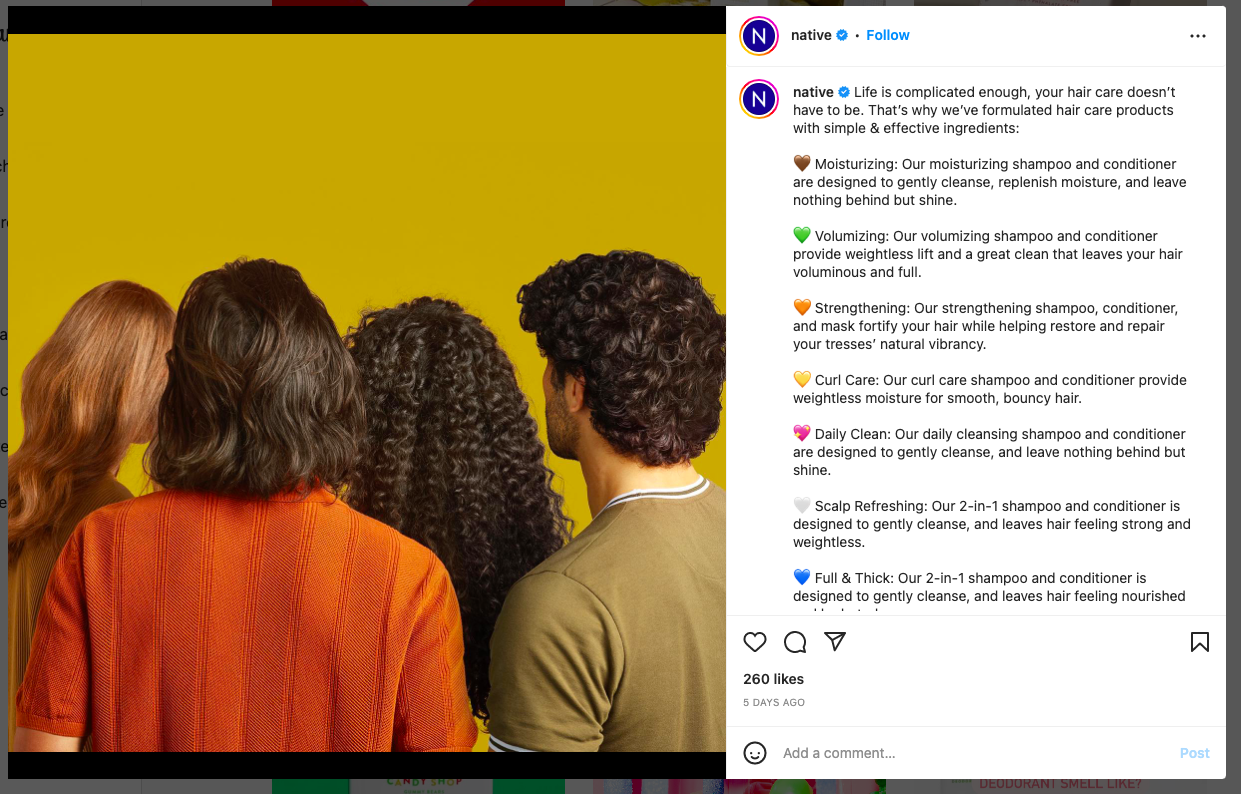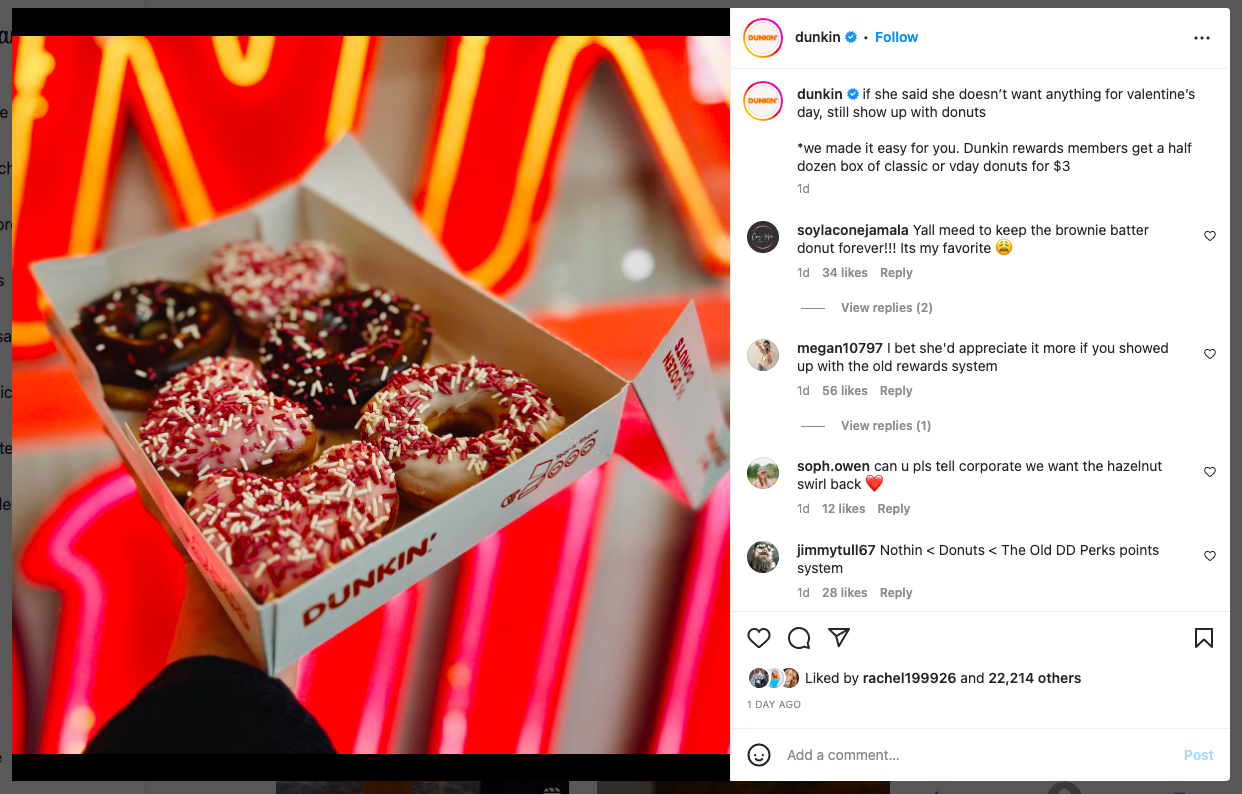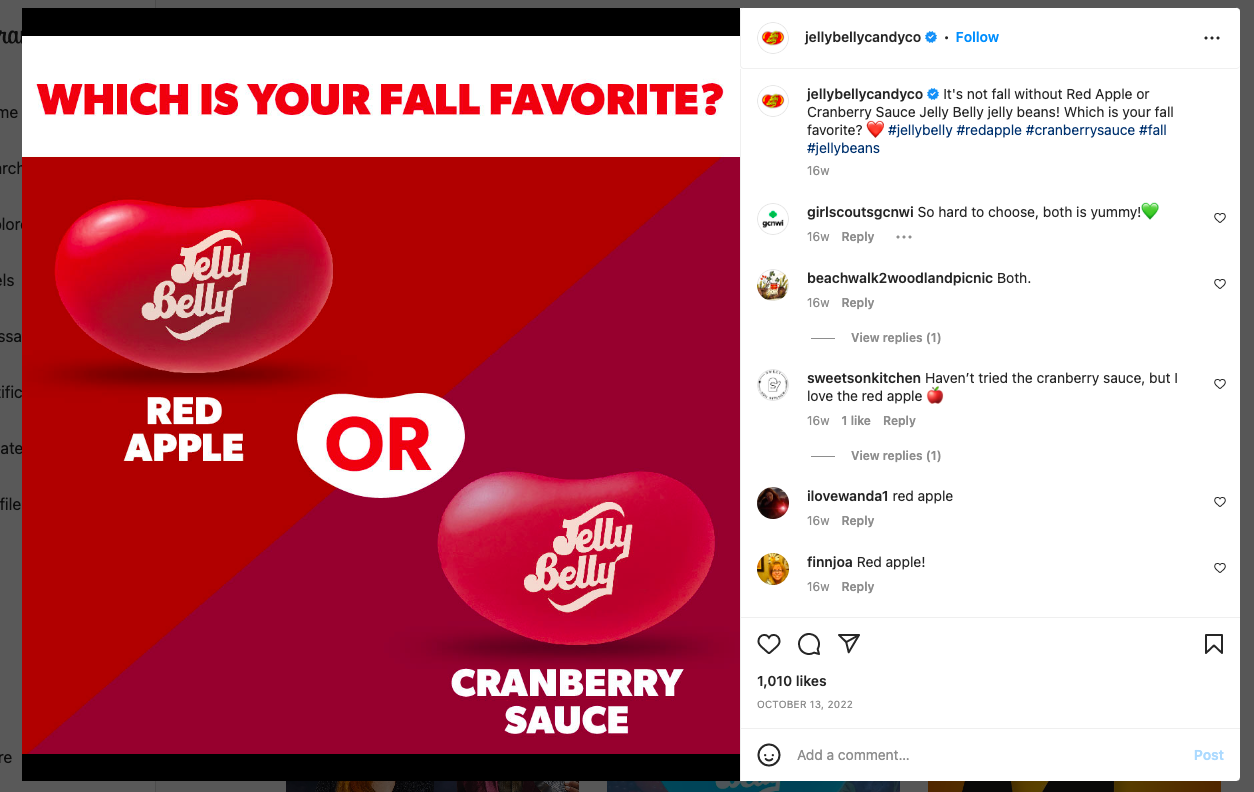What Are Social Media Content Pillars?
Social media content pillars are vital to keeping your content fresh and ensuring a clear brand image. In other words, social media content pillars are essential if you’re experiencing a content block.
What are social media content pillars?
Social media content pillars are different topics under which your social media posts fall. These topics are usually set when creating a social media strategy for your business. Including 3-5 content pillars is recommended, depending on your brand. Think of them as the foundation for a solid organic social media strategy.
The content pillars you choose shouldn’t be random - careful consideration should go into your decision. When trying to map out your content pillars, consider the following:
Your brand’s purpose & values
The content your audience is interested in
What is and is not working for your competitors
Each content pillar contains a variety of subtopics that act as options to post. For example, if we were using the Information content pillar, some of the subtopics could include industry articles, in-house case studies, and informative graphics. This forms the building blocks of a cohesive social media page.
6 social media content pillar ideas
Because every business is unique and has different needs, there is not a one size fits all content pillar strategy. The six social media content pillars include Awareness, Information, Community, Promotion, Entertainment, and Engagement.
Awareness
Awareness posts can take many forms. Whether you’re introducing or reintroducing your company, showcasing product lines, or doubling down on services you offer, awareness may be for you. As a small business owner, this content pillar is likely a good fit for your strategy. As you are continually gaining new followers that might not know a lot about your brand yet, it is important to keep building their awareness of who you are and what you do - this ensures you are top of mind over competitors.
2. Information
Informational posts are a great way to showcase thought leadership in your industry - whether the posts are written by your company or not. Sharing industry information posted by other sources (not your competitors) can establish the knowledge you have about related topics. Chances are, your followers and potential followers will also be interested in this information.
3. Community
Community is a great content pillar if you’re looking to interact with users and build rapport. Some subtopics that typically go under the community pillar are customer testimonials, employees doing good, event recaps, and more. Customer testimonials can increase the trustworthiness of a brand and encourages users to take action.
4. Promotion
The promotional content pillar is great for small businesses that often run sales, limited-time deals, rewards programs, and member-only events. This pillar is another form of awareness, but it focuses on providing a little bit of extra value to those who come across your account.
5. Entertainment
Entertainment is a social media content pillar that we have seen some of the major players use - and it works. Some names that come to mind immediately for businesses that do a fantastic job with their entertainment pillars are Duolingo & Wendy’s. Coming up with comical one-liners and following along with TikTok trends are great ways to get your business accepted into pop culture media. It can be refreshing to see brands take a humorous approach to their content, although this category is not a great fit for every small business.
6. Engagement
Engagement posts are a great way to get your audience involved and get your community talking about your businesses. This category can be a hit or miss depending on your target audience, but one type of engagement post typically does well across the board: contests. Contests on social media can increase brand awareness, boost engagement, and culminate brand loyalty.
Why do I need content pillars for my small business?
If you are only posting new products and sales, you’re using your social media wrong. Your followers aren’t looking to be marketed at every time they see a post from you. This is providing them with little value and not driving them to become leads. This disconnect is a mistake that many small businesses make when first starting.
You can work to create a well-rounded social media content schedule by developing strong content pillars. Content pillars give your social feed more direction and provide value to the users who follow you. Showing off your products with a funny caption, providing customer testimonials, and providing them with relevant information to make an informed decision can produce better results than 20 posts JUST talking about your business.
Creating strong content pillars also ensures that you won’t be running out of content any time soon. Let’s face it - it can be hard to come up with new ideas for social media. By giving your content calendar more direction, it will be easier to develop new ideas. Subtopics of content pillars give you a starting point to jump off and provide options for each post you produce. By creating a calendar and scheduling in advance, you can look at which posts come from each content pillar in a given month. This is a great way to ensure that your content is not redundant.
Should I use the same content pillars across platforms?
Short answer: it depends.
Long answer: the content pillars you use on each platform may differ depending on the platform itself and your audience on each. Here are some demographic statistics on each platform:
Instagram: 62.2% of users are 18-34
Facebook: 55.6% of users are 25-54
Twitter: 38.5% of users are 25-34
Pinterest: Users are 77% women
LinkedIn: 60% of users are 25-34
TikTok: 62% of users are 10-29
So, it is easy to see that while you are just one company, your user demographics will be different across each of the popular social media platforms. Not to mention the different content dynamics and tones on each platform can be vastly different. For example, using the same content on LinkedIn that you do on TikTok wouldn’t be a good idea.
How to develop your social media strategy using content pillars
As mentioned earlier, it is essential to do your research when developing content pillars for your business.
In order to get a pulse on what pillars might be right for your small business, analyze the following:
The content your audience is interested in
Using your brand’s values and audience interests is essential. For example, if your brand focuses on sustainability, then awareness, information, community, and engagement might work for you. Here is what that might look like when planning subtopics:
Keep in mind that not every post has to fit within your content pillar structure. If there is something that you think is relevant to your business & will resonate with your audience, post it! Content pillars are not set in stone, either. If you get a few months down the road and decide that you need to add another pillar - do it! The goal of creating these pillars it to make sure your content is relevant, so if something isn’t working, pivot.
Next Steps
If you’re still unsure of what content pillars might be right for you, I encourage you to set up a free consultation with me to discuss your business needs!













